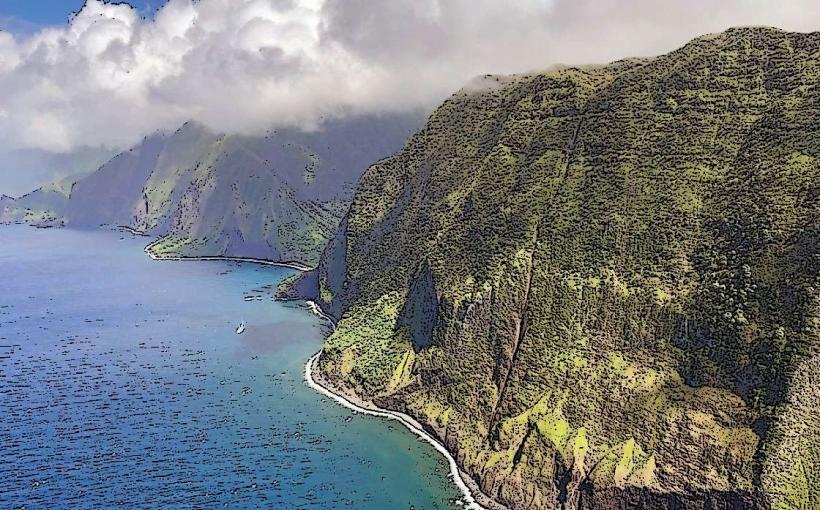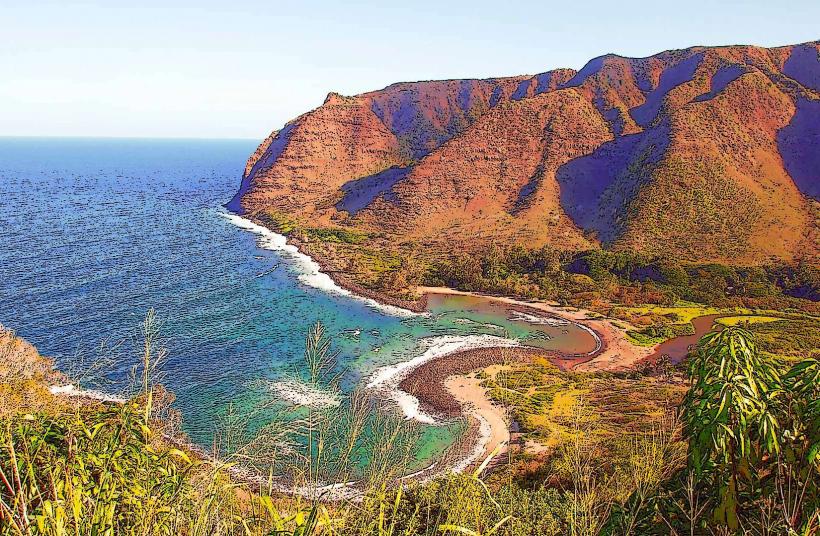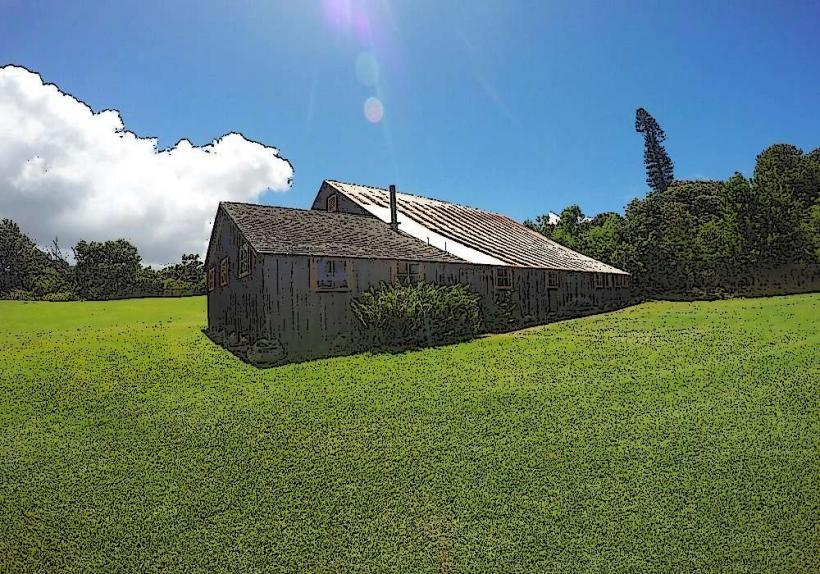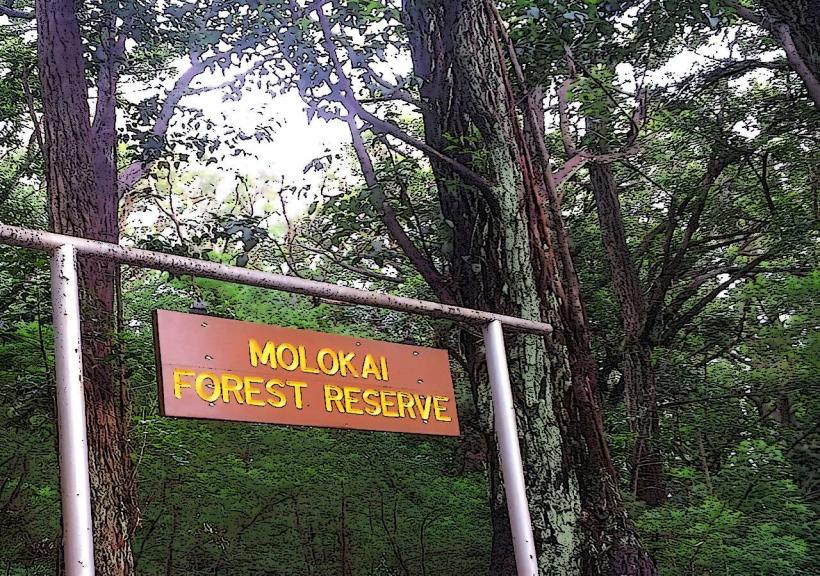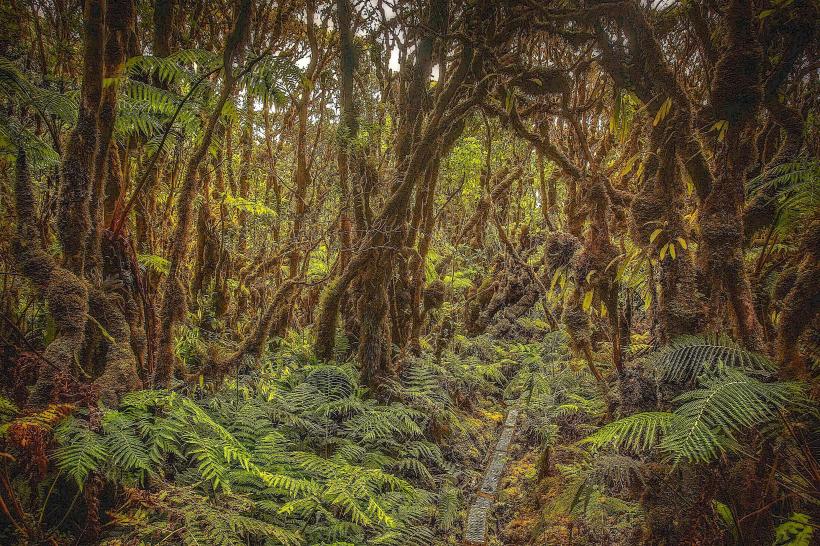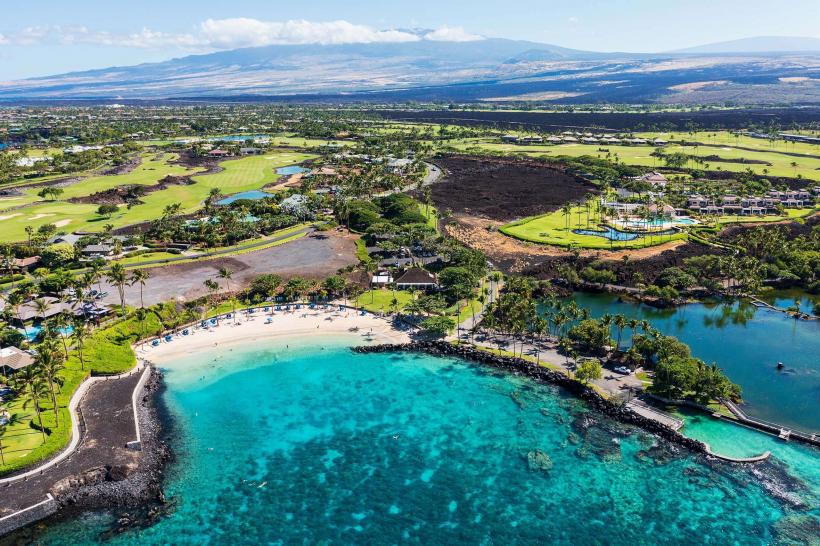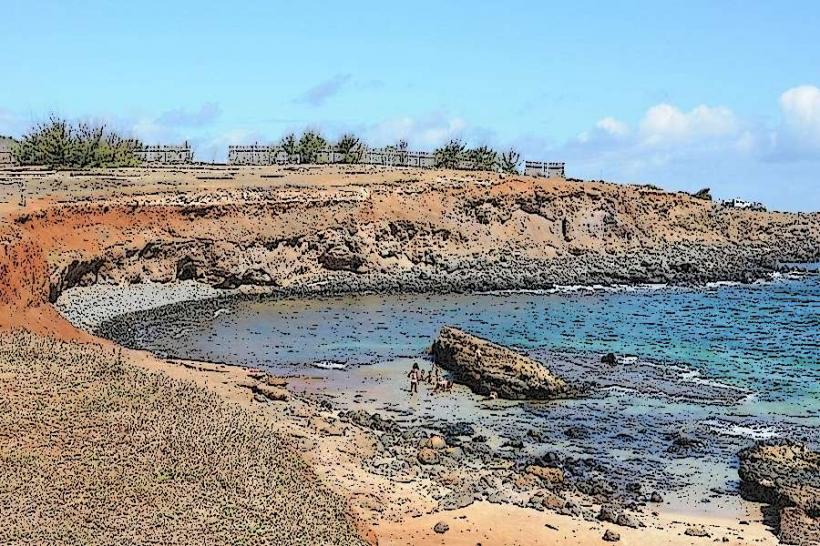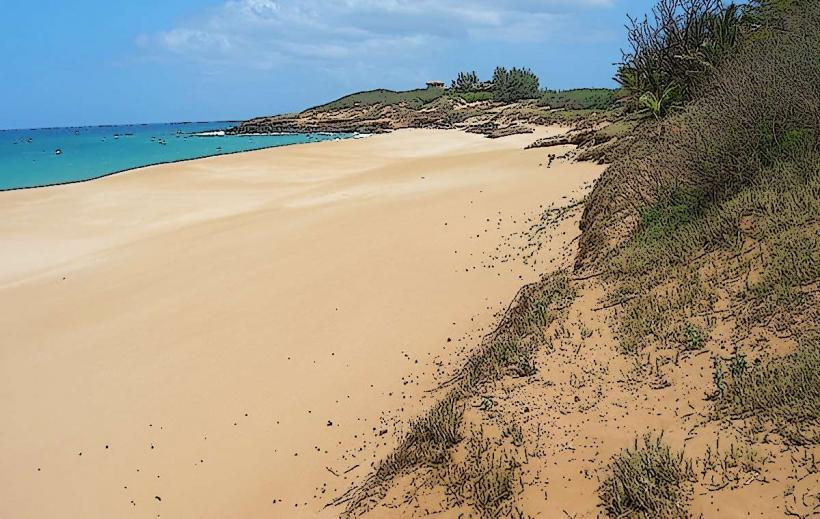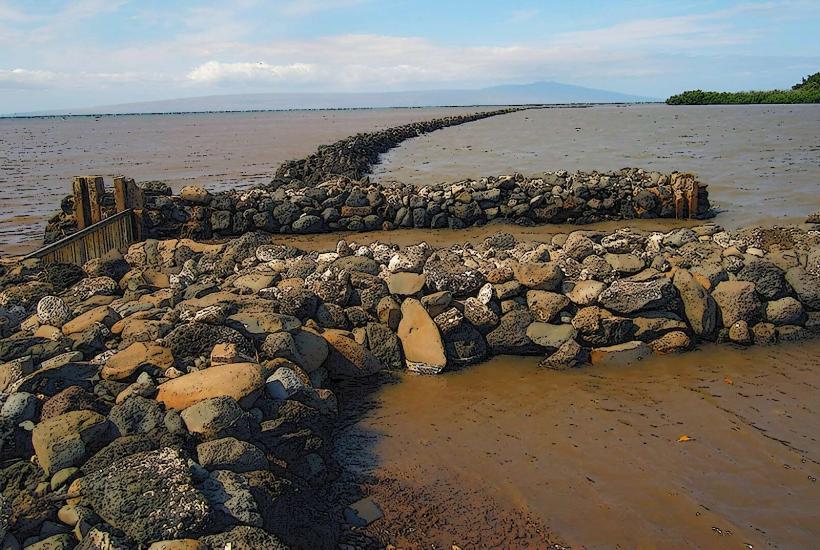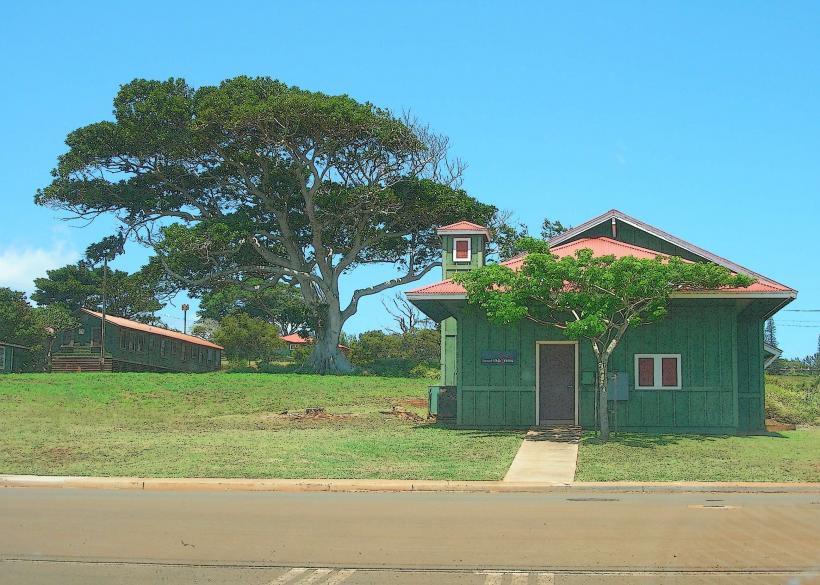Information
Landmark: Kalaupapa National Historical ParkCity: Molokai
Country: USA Hawaii
Continent: North America
Kalaupapa National Historical Park is a unique and historically significant site located on the island of Moloka'i, Hawaii. It is dedicated to preserving the history of the leprosy settlement (also known as a leper colony) that operated in Kalaupapa from the mid-1800s until 1969, and it stands as a place of remembrance for the people affected by leprosy (Hansen's disease). The park is not just a place of history but also one of great cultural importance for the Native Hawaiian people and the broader community of those who lived there.
Key Features and Attractions:
1. Historical Background of Kalaupapa:
- Kalaupapa was established as a settlement for individuals diagnosed with leprosy, a disease that caused individuals to be isolated from society due to the stigma and fear associated with it. Beginning in the 1860s, the Hawaiian Kingdom enacted policies to forcibly relocate those diagnosed with leprosy to the isolated peninsula of Kalaupapa.
- The isolation lasted for over a century, during which people with leprosy were forcibly removed from their families and homes, often facing harsh living conditions. They lived in quarantine, separated from the outside world, and were frequently treated as outcasts.
- The colony's population peaked in the early 1900s, and it wasn’t until 1969 that the government ended the practice of forced isolation, and the remaining patients were allowed to leave.
2. Kalaupapa’s Significance in Hawaiian History:
- The establishment of the Kalaupapa Settlement was a significant chapter in Hawaiian history, as it involved the forced removal of many Native Hawaiians, some of whom had been exiled to Kalaupapa due to their leprosy diagnosis.
- Kalaupapa became a place of both suffering and resilience for its residents, who maintained a strong sense of community despite the isolation. Over the years, a distinct and close-knit community was formed, many of whom were Native Hawaiians, along with others from across the Pacific and the mainland United States.
3. Father Damien and the Legacy of Care:
- One of the most significant figures in the history of Kalaupapa is Saint Damien of Molokai (Father Damien), a Belgian Catholic priest who arrived in Kalaupapa in 1873. He dedicated his life to caring for the people in the settlement, offering medical care, spiritual support, and companionship to those affected by the disease.
- Father Damien's selfless service in Kalaupapa made him an iconic figure in the history of the island, and his legacy continues to be celebrated. He eventually contracted leprosy himself and died in the settlement in 1889. In 2009, Pope Benedict XVI canonized Father Damien as a saint for his work with the people of Kalaupapa.
- Visitors to Kalaupapa can learn more about Father Damien’s life and impact at the Saint Damien Catholic Church and the Father Damien’s gravesite, both of which are located within the park.
4. The Kalaupapa National Historical Park:
- Kalaupapa was designated a National Historical Park in 1980, preserving the history and culture of the settlement. The park is managed by the National Park Service, and its goal is to protect the historical sites, stories, and the memories of those who lived in Kalaupapa.
- The park encompasses the Kalaupapa Peninsula, which offers scenic views of cliffs, beaches, and the surrounding ocean, but it also serves as a somber reminder of the hardships endured by the people who lived there.
5. Kalaupapa's Residents and Their Stories:
- Residents of Kalaupapa were often forced into exile due to a diagnosis of leprosy, a disease that in the 19th and early 20th centuries was feared and misunderstood. Many of the people who were sent to Kalaupapa were separated from their families and loved ones, never to reunite with them.
- Despite the hardships, the people of Kalaupapa built a strong sense of community, with mutual support and care for one another. Some of the residents even became advocates for their rights, helping to bring attention to the inhumane treatment they received and eventually leading to the end of the policy of forced isolation in 1969.
- The park offers a chance to hear the stories of these individuals through personal narratives, guided tours, and exhibits. Many residents were Native Hawaiians, and their cultural traditions and practices helped them maintain their identity even while living in isolation.
6. Kalaupapa Settlement and Buildings:
- The historic buildings in Kalaupapa, such as the Kalaupapa Church, the Kalaupapa General Store, and the old hospital, remain preserved within the park. These buildings provide important context to the lives of the people who lived there and tell the story of the settlement’s daily operations.
- Some of the buildings also served as places of worship, where residents could receive religious services and maintain their spiritual well-being during their years of exile.
7. The Landscape and Natural Beauty:
- Kalaupapa is situated on a dramatic part of the island, with high cliffs, lush valleys, and stunning coastlines. The views of the coastline and the surrounding ocean are breathtaking, and the isolation of the area adds to the sense of serenity and reflection that visitors experience while visiting the park.
- The natural beauty of the area has made Kalaupapa a place of peace and contemplation. Many visitors come to the park to reflect on the human stories of resilience and suffering that are intertwined with the natural landscape.
8. Access to Kalaupapa:
- Access to Kalaupapa National Historical Park is restricted due to the nature of its history and the sensitivity of the site. Visitors can access Kalaupapa only through a guided tour. The National Park Service requires that visitors book a tour in advance, and it is important to understand that the tours are provided to ensure that visitors can respectfully engage with the history and legacy of the park.
- There are two main ways to access Kalaupapa: by plane or by hike. The hike down to Kalaupapa is a challenging and steep descent that takes visitors along a 2.9-mile trail with a 1,700-foot drop from the top of the cliffs. Alternatively, visitors can take a small plane from Moloka'i Airport to Kalaupapa.
9. Museum and Exhibits:
- The Kalaupapa National Historical Park Visitor Center has exhibits that provide information about the history of the settlement, the treatment of individuals with leprosy, and the efforts made by figures like Father Damien. Visitors can learn about the lives of the residents, the medical history of the disease, and the broader impact of the Kalaupapa settlement on Hawaiian society.
- The exhibits also focus on the cultural significance of the park, helping visitors understand the cultural and spiritual connection of the people who lived in Kalaupapa.
10. Respecting the Legacy of Kalaupapa:
- It is important to approach a visit to Kalaupapa with a sense of respect and reflection. The history of the settlement is one of hardship and suffering, and it’s essential for visitors to remember the lives of those who were affected by leprosy and the stigma that surrounded it. Kalaupapa is a site of remembrance, healing, and education, and visitors are encouraged to approach the park with a deep understanding of its significance.
Conclusion:
Kalaupapa National Historical Park is a profound and moving destination, offering insight into one of the most difficult and misunderstood periods in Hawaiian history. Through its scenic beauty, historical landmarks, and the stories of the people who lived there, the park serves as a place of remembrance, healing, and education. It is a site dedicated to preserving the legacy of the residents who lived in Kalaupapa, the struggles they endured, and the resilience they demonstrated despite the challenges they faced.

